Minds On
Let’s get started
Throughout this module, you have been exploring climate change and its impact on parks and lakes in Ontario. You have also explored various strategies for dealing with climate change and creating a more sustainable future.
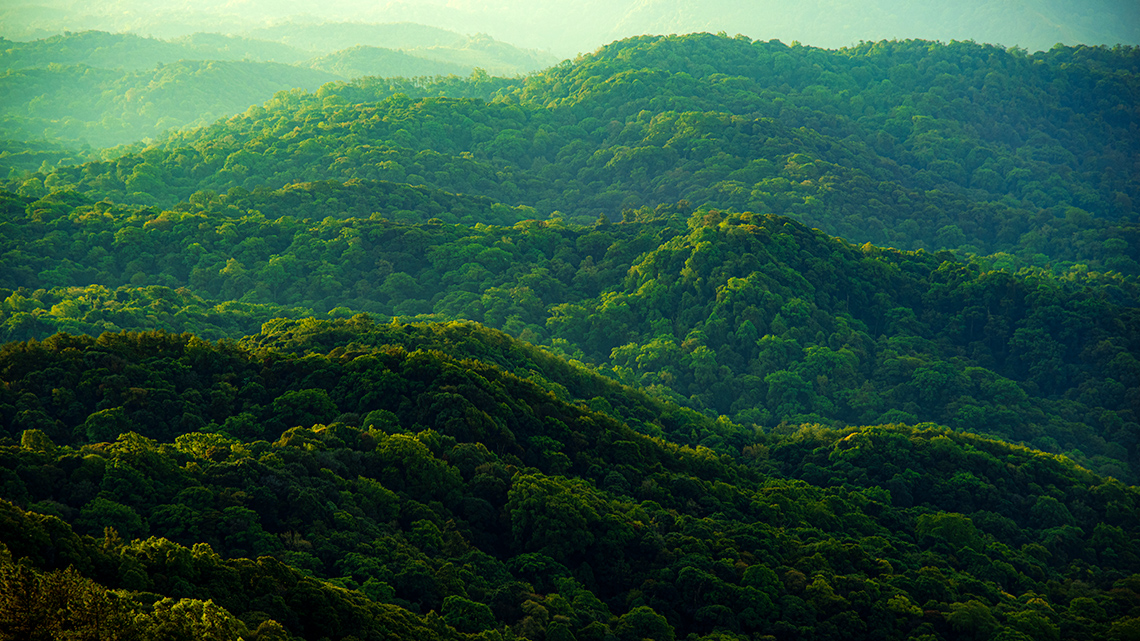
Student Success
What do you think?
When considering Ontario parks and lakes, what might be meant by “protected area”?
Use the following questions as you develop a response:
- What is being protected?
- Why might protected areas be needed?
- What areas might need to be protected?
- What activities might people be able to do in protected areas? What activities might they not be able to do?
Record your ideas in a notebook or using another method of your choice.
If possible, compare your ideas with a peer or a partner.
Note to teachers: See your teacher guide for collaboration tools, ideas and suggestions.
Action
Ontario connection
This learning activity will focus on people, places, or innovations that relate directly to the province of Ontario. Enjoy the exploration!

Protected areas
Protected areas are specific locations where human activities are carefully managed and/or banned. Areas are protected to help maintain biodiversity in that area.
Press ‘Definition’ to access a definition of biodiversity.
Biodiversity is all the different organisms (animals, plants, fungi, bacteria, etc.) within a specific area. They all work together to keep things balanced and alive.
In this learning activity, you will explore some of the protected areas of Ontario. You will research one of these areas and prepare a report of your choice from your findings.
Types of protected areas
There are many different types of protected areas.
Press the following tabs to explore the types of protected areas.

Nature reserve
Nature reserves are often protected areas of land or body of water that are used for scientific research or to monitor what is happening in the environment. Habitats that are vulnerable, or endangered are protected and restored. 10.7% of Ontario is protected under nature reserve.
Some examples of nature reserves in Ontario are:
- Baptist Harbour Nature Reserve, on Lake Huron
- Malcolm Bluff Shores, in Georgian Bay
- Gananoque Lake Nature Reserve, just outside Gananoque
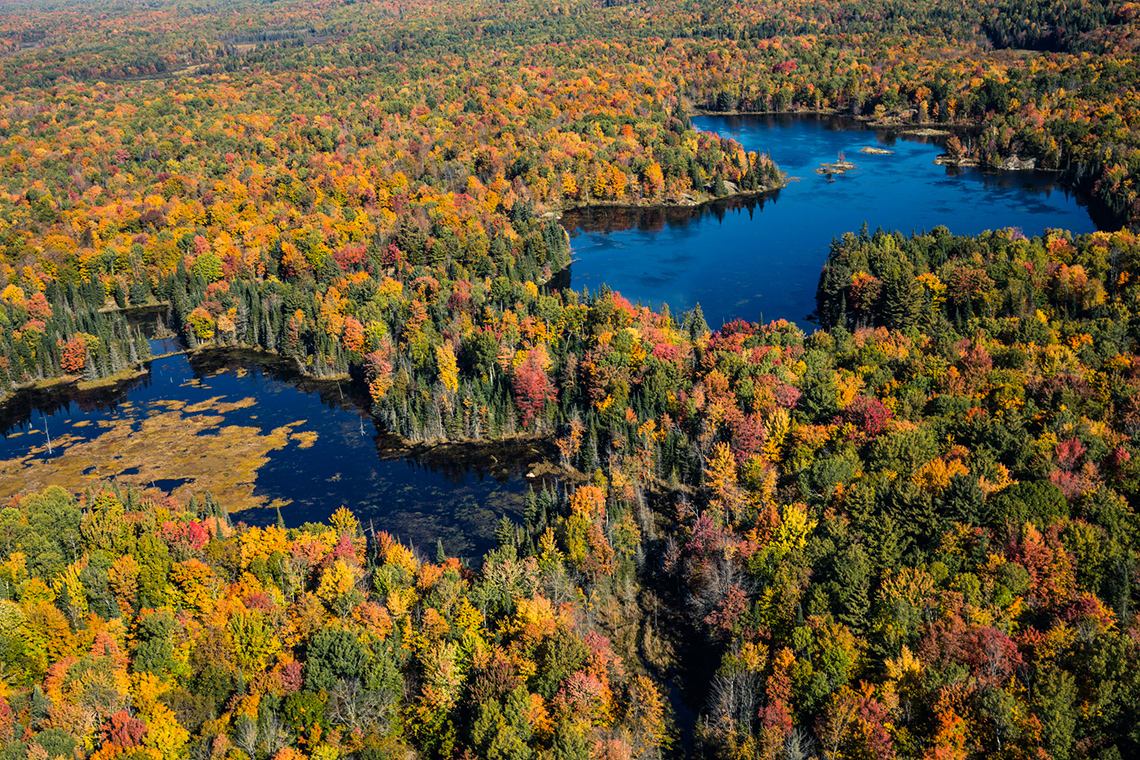
Wilderness area
A wilderness area is for wilderness protection. It is a large area of untouched or slightly changed land or body of water. These areas are protected by the provincial government to keep their natural condition. Research and educational activities are done in a wilderness area.
Some examples of wilderness areas in Ontario that regulated under the Wilderness Area Act are:
- Polar Bear Provincial Park, on the shores of Hudson Bay
- Quetico Provincial Park, northwest of Thunder Bay
- Woodland Caribou Provincial Park, close to Manitoba border
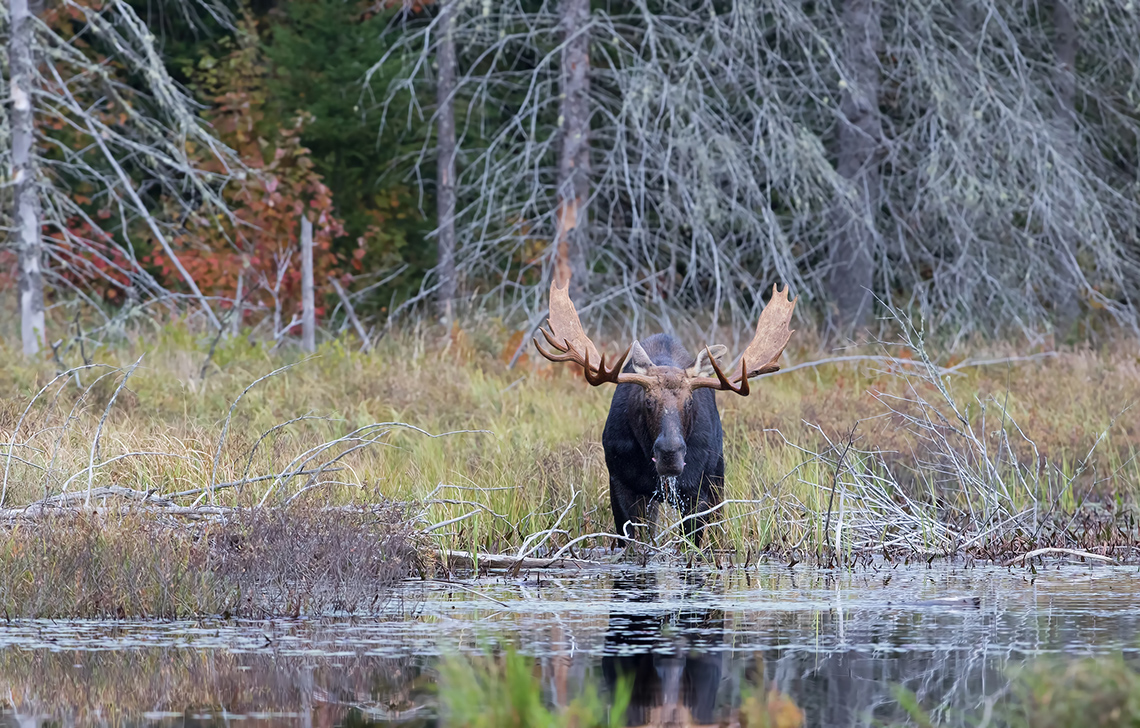
Species management area
A habitat and species management area is an area of land or body of water in which resources are managed so that habitats and species survive and thrive. Some examples of species that have management plans in Ontario are:
- migratory birds
- cervids (deer, moose, elk)
- white-tailed deer
- black bear
- wolf
- wild turkey
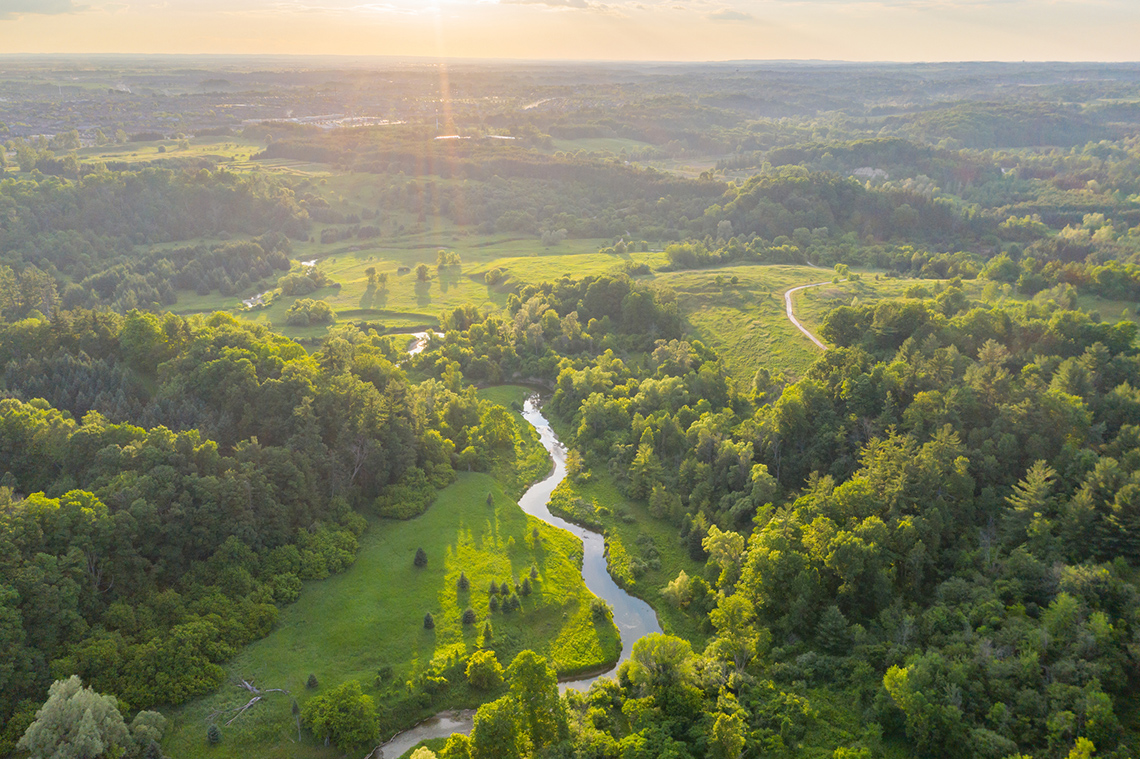
Managed resource protected area
A managed resource protected area is an area of land that contains natural resources, and is regulated. Natural resources (i.e. oil, water, wood, coal, etc.) are available to the local community, but there is a limit on how much can be used. This protects the biodiversity (all types of living things) of the area.
Researching protected areas
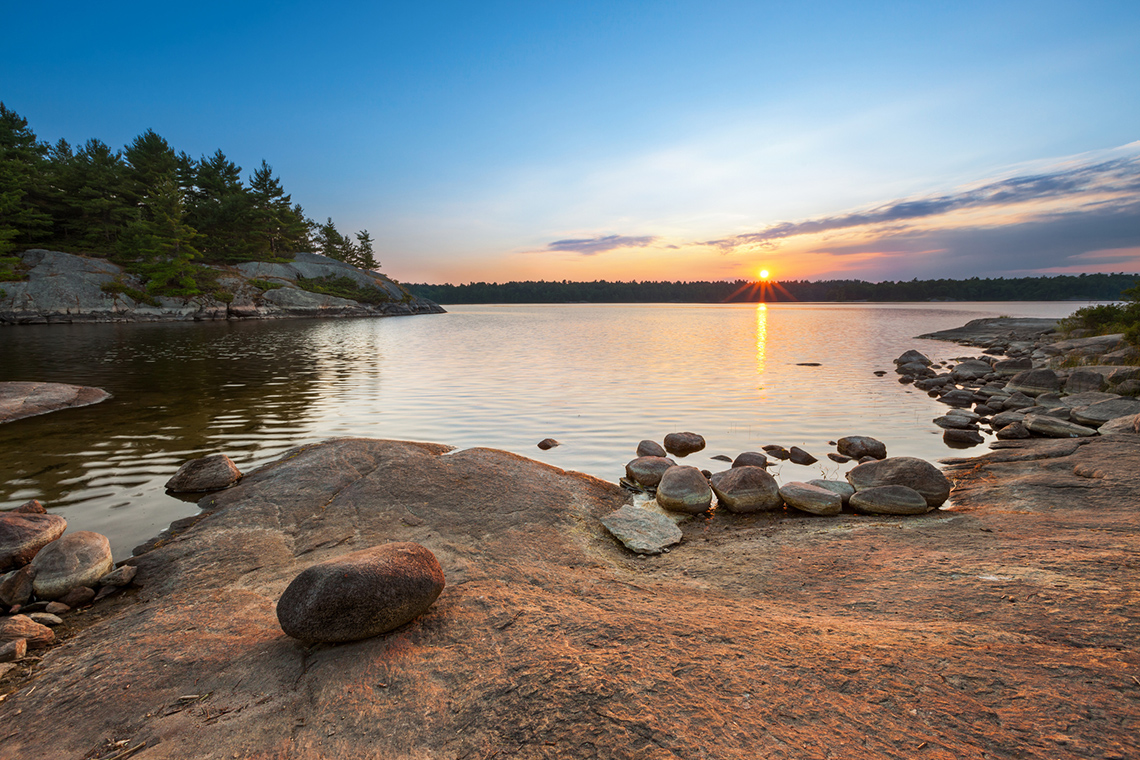
To support your research investigation, explore this video to learn about the steps of the Scientific Research Process.
Try It
Your turn!
1. Choose a protected area in Ontario.
You may wish to choose one of the examples that we explored in the previous section (nature reserve, wilderness area, habitat and species management area, managed resource protected area) or select a protected area in your community.
You can explore further options by researching Ontario protected areas through the Ministry of the Environment, Conservation and Parks.
2. Once you have selected your area, conduct research to answer the following questions:
- What is in your protected area? (plants, animals, trees, landscapes, waterways, etc.)
- Why is this area protected?
- Is this area used for tourism or recreational activities? If so, list them.
- Are there any endangered species in this area? If so, list them
- Is the local economy dependent on this area? (Consider the natural resources it might provide.) If it is, explain how.
- What makes this area unique?
You can record your ideas and research about your protected area in a notebook or another method of your choice.
Want to check out an example?
Press ‘Let’s Check!’ to access a researched example of a protected area in Ontario.
|
Protected Area: |
Algonquin Provincial Park (Ontario) |
|---|---|
|
What is in your protected area? (Consider plants, animals, trees, landscapes, waterways, etc.) |
|
|
Why is this area protected? |
In 1893, Algonquin Provincial Park was established as a wildlife sanctuary. It protects the waters of the five major rivers which flow from the park. |
|
Is this area used for tourism or recreational activities? |
|
|
Are there any endangered species in this area? |
|
|
Is the local economy dependent on this area? ( Consider the natural resources it might provide) |
|
|
What makes it so special? |
Algonquin Provincial Park is one of the largest provincial parks and home to thousands of diverse species. It protected these species and surrounding areas while providing attractions and tourist opportunities. |
After conducting your research, let’s keep it aside for an activity in the Consolidation section.
Careers in protected areas
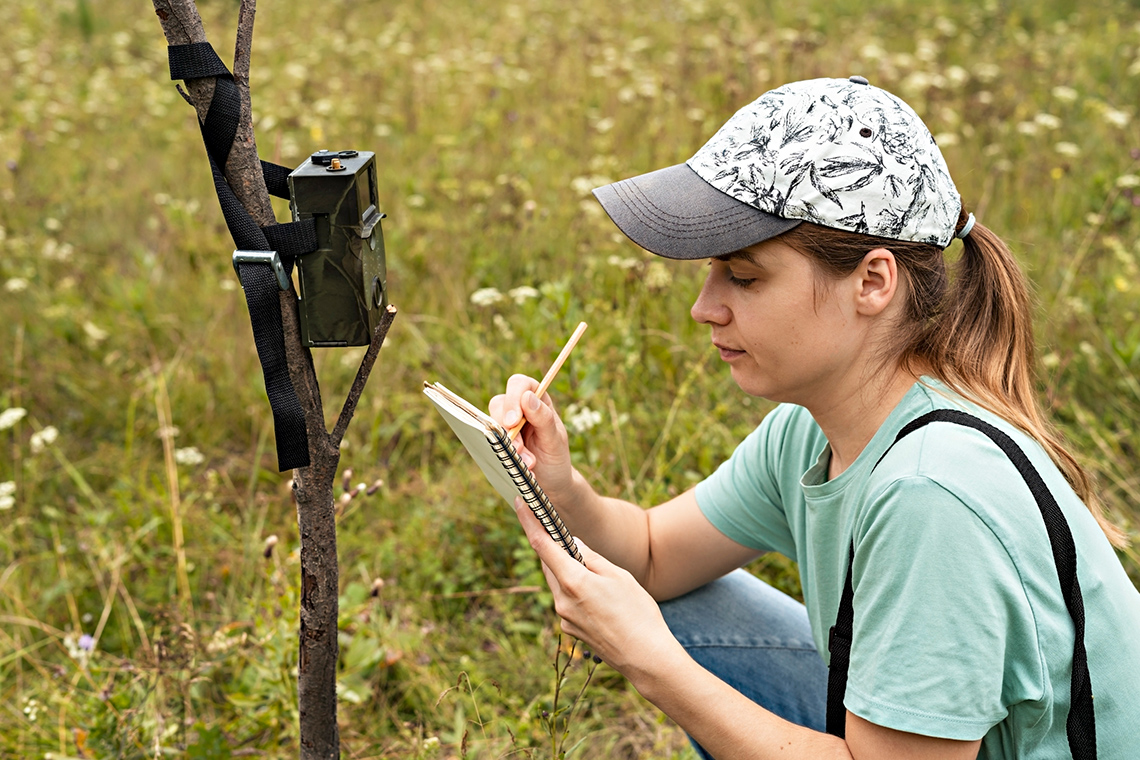
It takes a team of people to establish, plan, and operate protected areas. While many protected areas are funded and managed by the Government of Ontario, there is a team of specialists who make sure the area is protected daily.
Explore the following careers and descriptions. Consider how people in these careers might help to enhance the positive impact of people and technology on the environment.
Pause and Reflect
Pause and reflect
Reflect on the following questions:
- Choose two of the careers you have explored. Explain how each type of career helps the protected area they are working in.
Hint: Consider how people in each career support communities and wildlife. Consider if they use technology to support and protect the area.
- Out of the careers listed, is there one that interests you? Why is it of interest? Is there an alternative career that you know about or have researched before that you are interested in that is connected to protecting wildlife?
Record your thoughts and ideas in a notebook or another method of your choice.
Consolidation
Review your learning
For each ‘protected area’, select the corresponding description.
Show what you know

Time to share what you’ve learned!
Create a newsletter, brochure, website, or oral piece about that protected area in Ontario. Be sure to include a section on a possible career within that protected area too.
Record your task in a method of your choice.
Press ‘Hint’ to access additional details.
You may wish to revisit your research ideas and the final section of the Scientific Research Process video from the Action section to help you get started.
Check out the following checklist to guide your report. Be sure to include the following features:
Reflection
As you read the following descriptions, select the one that best describes your current understanding of the learning in this activity. Press the corresponding button once you have made your choice.
I feel…
Now, expand on your ideas by recording your thoughts using a voice recorder, speech-to-text, or writing tool.
When you review your notes on this learning activity later, reflect on whether you would select a different description based on your further review of the material in this learning activity.